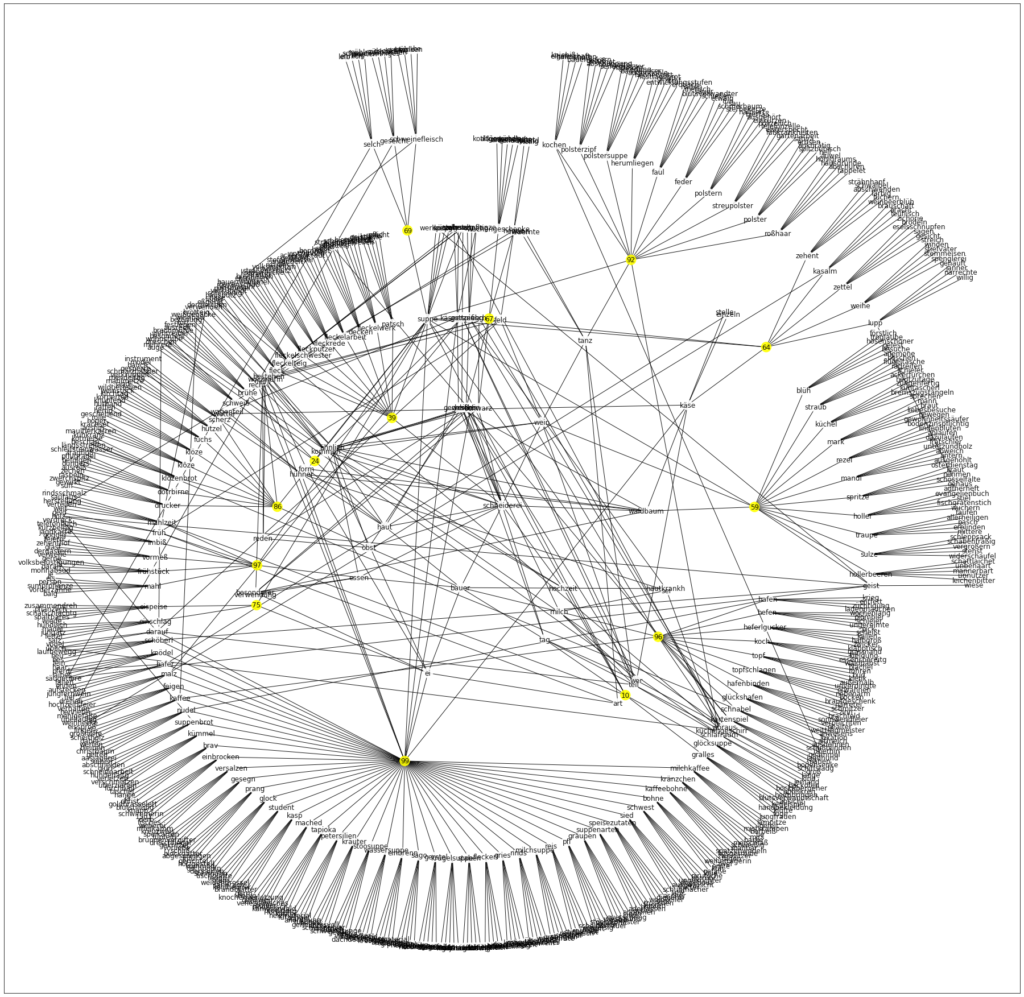Exploring Austria’s culture through the language glass
The aim of the project exploreAT! is to reveal unique insights into the rich texture of the German Language, especially in Austria, by providing state of the art tools for exploring a corpus of Bavarian dialect samples collected between 1911 and 1998 in the region of the Austro-Hungarian Empire. The large and uniquely rich collection is estimated to contain 200,000 headwords in approximately 4 million records and includes a five-volume dictionary of about 50,000 headwords, covering a period from the beginning of German language until the present (DBÖ, WBÖ).
In order to create enduring value from this resource, the project have applyed open science and citizen science techniques to improve access and to leverage the crowd’s wisdom. The engagement of users with the system will be the subject for mind-brain studies, and the results and records will be enriched and interlinked using the best practices of semantic content publishing of Linked Open Data on the Web of Data. The key tasks were:
- Explore Austrian culture within a pan-European and international setting, both concerning concepts of rural life in the multicultural Habsburg Empire and supplementing historical and sociological inquiry with an understanding of the role and implementation of lexicography over time.
- Discover challenges and chances of a transformation process from a traditional lexicography project to an open cultural knowledge base and the role of lexicographic knowledge, especially with respect to automatic and semi-automatic techniques for publishing the results as five-star linked data.
- Invite researchers, professionals, academics and amateurs to participate, share and grow in the framework of up to date collaborative lexicography.
- Create an open, multilingual infrastructure for all to explore the world described by the corpus as documented in languages.
- Reflect best practice for publishing multi-lingual linked open data, connecting the lexical, temporal, geographical and historical features of the corpus with the global and European knowledge web.

